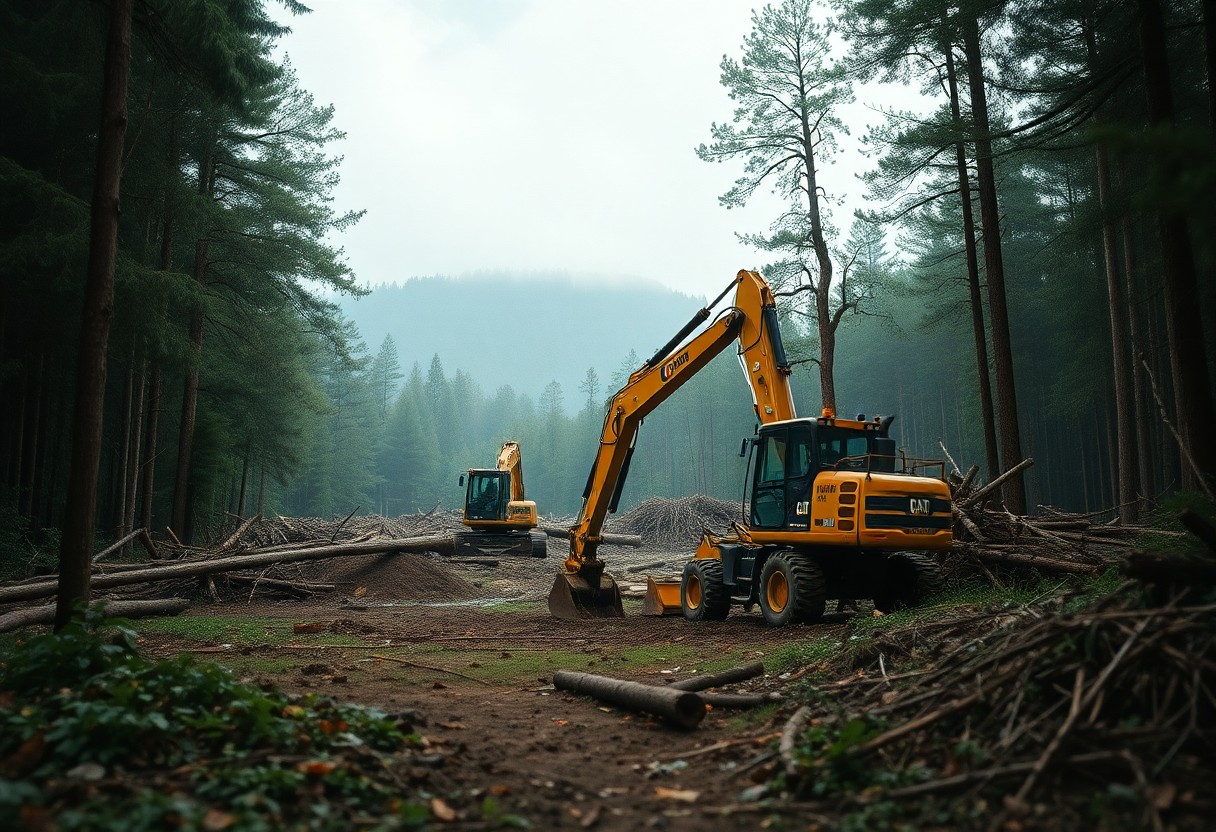There’s a pressing issue that affects you, your environment, and future generations: deforestation. This phenomenon involves the large-scale removal of trees and forests, often to make way for agriculture, urban development, and infrastructure projects. Understanding the causes, effects, and solutions to deforestation can empower you to take action in your daily life and advocate for sustainable practices.
One of the primary causes of deforestation is agricultural expansion. As the global population continues to grow, the demand for food increases, leading to the clearing of forestland for crop production and livestock grazing. You may have noticed that many of the products you consume, such as beef and palm oil, contribute to this problem, as they are often sourced from deforested areas. Additionally, logging—both legal and illegal—plays a significant role in forest destruction. Timber is in high demand for construction, furniture, and paper products, leading to unsustainable harvesting practices.
Urbanization and infrastructure development also contribute to deforestation. As cities expand, forests are often cleared to create roads, housing developments, and commercial centers. This phenomenon not only results in loss of trees but disrupts entire ecosystems that depend on these forests for survival. You might be affected by the urban heat island effect or poor air quality as deforestation eliminates the trees that help cool urban areas and filter the air you breathe.
The effects of deforestation are profound and far-reaching. One of the most immediate concerns is the loss of biodiversity. Forests are home to a significant portion of Earth’s plant and animal species. When you lose these habitats, you risk driving countless species to extinction. Furthermore, deforestation leads to climate change as trees absorb carbon dioxide. When they’re removed, the stored carbon is released back into the atmosphere, contributing to global warming. You might notice increasing extreme weather events, shifting seasons, and changes in local climates as a result.
So, what can you do to help combat deforestation? Firstly, support sustainable forestry practices by choosing products certified by organizations that promote responsible sourcing. Look for labels like FSC (Forest Stewardship Council) on wood and paper products to ensure they come from sustainably managed forests. Additionally, reducing your meat and dairy consumption can significantly lower the demand for land used for livestock grazing. Consider incorporating more plant-based meals into your diet.
You can also advocate for reforestation and afforestation initiatives in your community. Participating in tree-planting events or donating to organizations focused on reforesting areas affected by deforestation can have a positive impact. Educate others about the importance of forests and the effects of deforestation. Your voice can inspire others to take action, leading to a ripple effect that promotes environmental stewardship.
Understanding deforestation’s causes and effects allows you to take actionable steps towards solutions. By making informed choices and promoting awareness, you play an important role in preserving the planet’s forests for generations to come.







